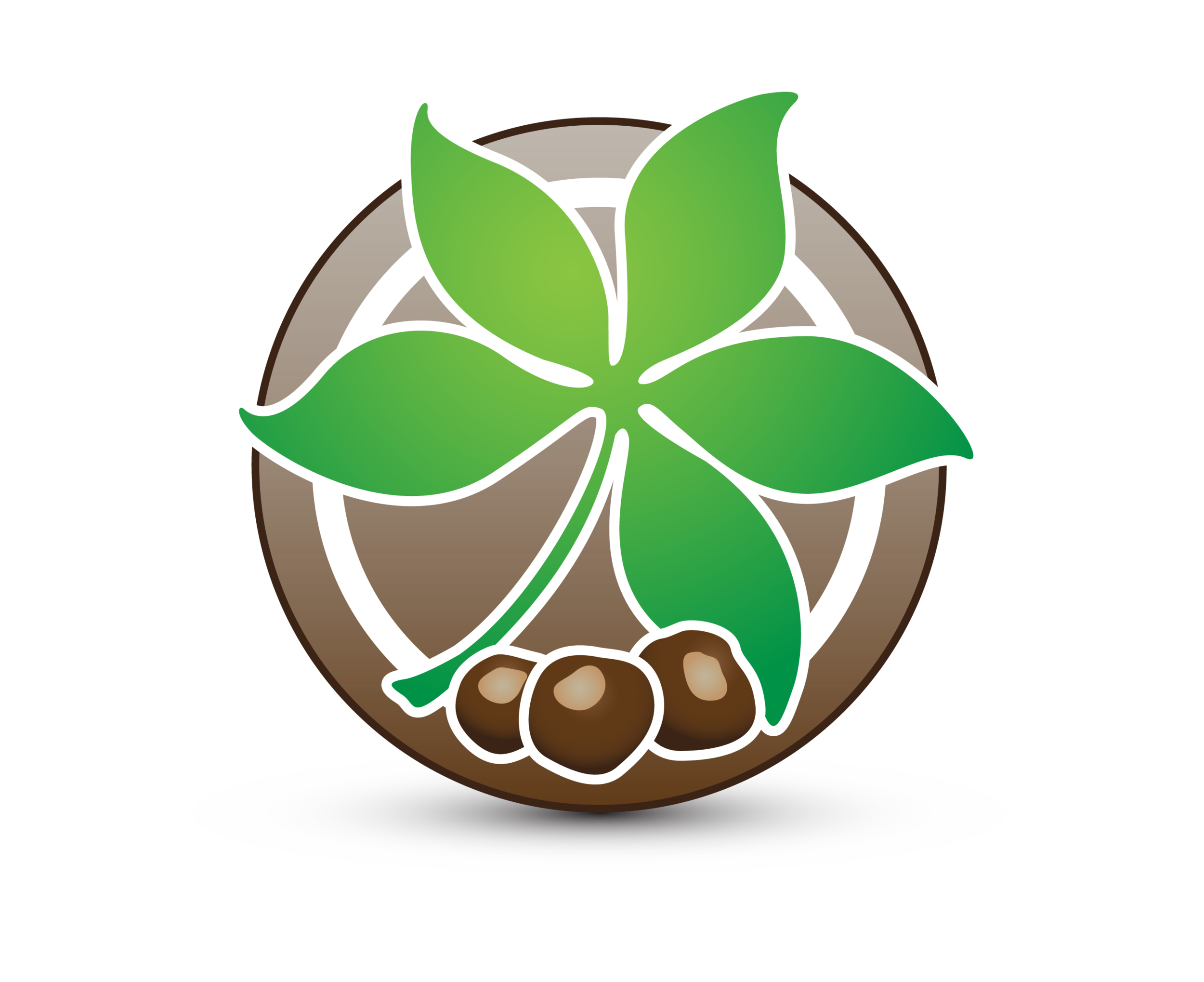Rhizosphaera Needle Cast
Spruces, Pines and Firs, oh my! These conifers are a beautiful addition to any landscape, posing a remarkable stature, marvelous color and forming helpful windbreaks. However, and unfortunately, there is a fungal disease affecting many of our evergreens; Rhizosphaera needle cast.
Rhizoshpaera needle cast, caused by the fungus Rhizosphaera kalkhoffii, is a fungal disease taking aim at our Spruces, primarily the Colorado Blue Spruce. While the Colorado blue spruce is the most susceptible to this fungal disease, the West Virginia University reports that the White and Norway spruce can be infected. In addition, the University of Wisconsin adds that other conifers such as the Eaglemann, Black, Serbian, Sitka and Black Hills (White) spruce; Austrian, Mugo and Eastern white pine; Douglas fir; and Western hemlock are also being affected by this fungal disease.
So we know which trees are affected, but where does Rhizosphaera needle cast come from, what does the disease look like and what are the symptoms of an infected tree? Let’s take a look.
As mentioned earlier, the disease comes from a fungus. Infections of this disease will occur early spring but symptoms will not appear until late fall or the following spring. The disease is first noticeable on the lower branches of the tree, affecting its innermost needles first. If your tree has this pattern of needle loss or perhaps shows needle discoloration (brownish-purple), equip yourself with a 10X magnifying hand lens and begin to carefully inspect the needles. If the culprit is in fact Rhizoshpaera needle cast, you should be able to use the hand lens to discover rows of small black specks, usually aligned straight (not staggered), coming out of the surface of the needle. These small black specks can be seen on browning needles on the lower branches, needles that are green and still attached, and even needles that have fallen to the ground. These small black specks are the fruiting bodies of the fungus which causes the disease. These fruiting bodies produce spores that can be transmitted by wind or rain.
Still with me? Good. What’s next? Can the tree be saved and, if so, what steps need to be taken?
Prevention and early detection are key to protecting your tree’s health. With that said, avoid getting the needles wet. When watering, if your tree needs it, only water the soil at the tree’s base. Allowing the needles to become wet will only aid and further spread the disease. Applying three inches of wood mulch may help trees with mild infections to overcome the disease. However, for severe infections you may want to consider using a fungicide for treatment. There are several fungicides specifically focused on Rhizosphaera. If you choose to use a fungicide, it is very important to read, understand and follow the directions carefully. Thinning windbreaks help to increase the air flow and allows for quicker drying of the needles which better fights this disease.
Your best bet in avoiding this fungal disease and spreading it within our environment is to simply not plant Colorado blue spruce or any susceptible tree for that matter. If you are planning on installing spruce trees, be sure to only install disease-free plants by carefully inspecting the to-be-planted tree for any signs of Rhizoshpaera needle cast.

